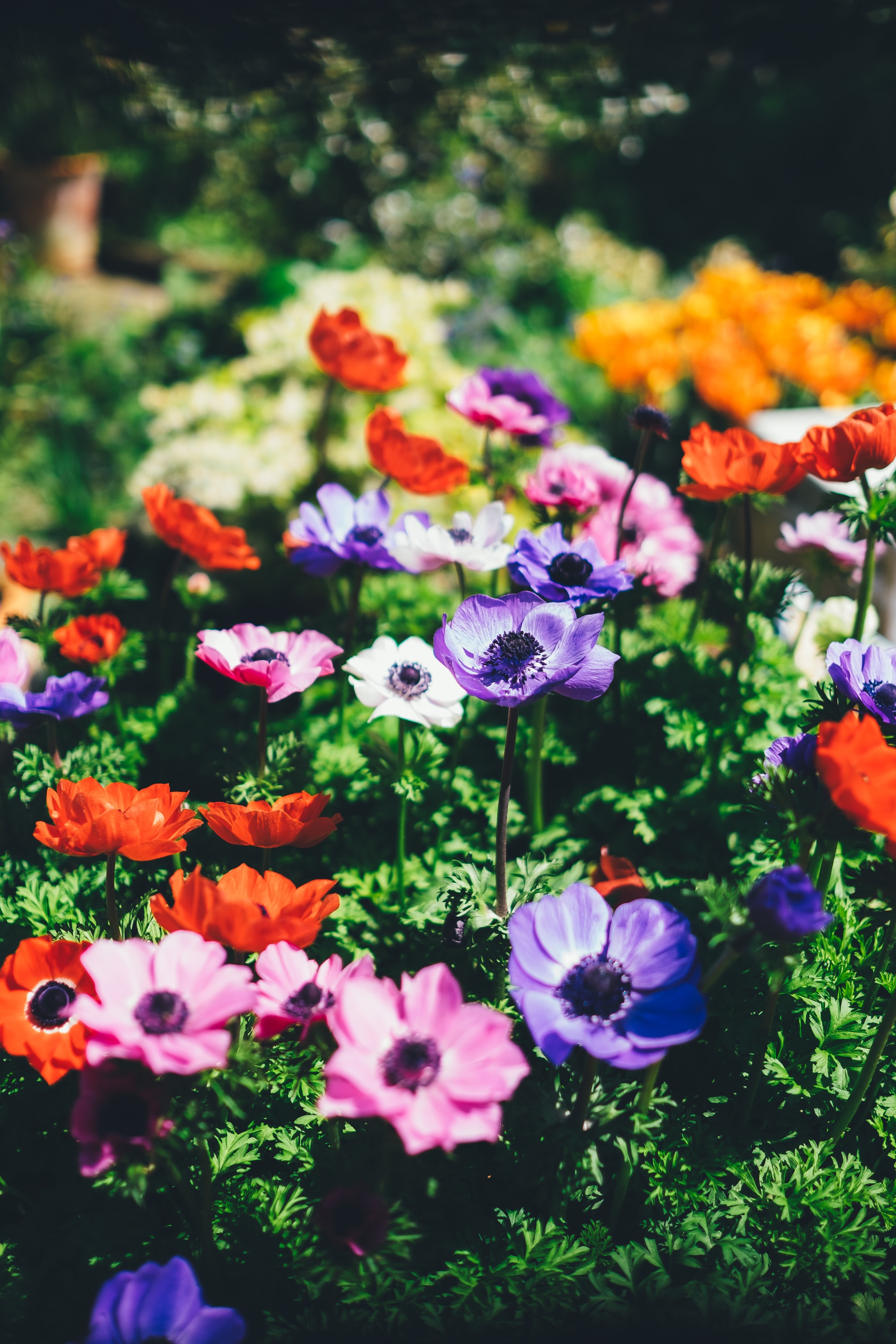Forty-four
- Judith Cox

- May 13, 2021
- 3 min read
Updated: May 15, 2021
Despite the winter winds, growing a bulb in a bulb glass or microgreens in a take out tray keeps the gardener in us alive.
Greetings fellow gardeners,
Winter winds and cold corners are making me shiver. I have found myself a bit grumbly these days, so I decided to listen to a new podcast called BBC Gardeners’ World Magazine. There were a couple of episodes on how gardening works its way into your mental well-being. I found it very relatable.
So, I wandered back to my plant compound and noticed something that made me so very happy. A few weeks ago, I had planted a bulb in a bulb-glass as an experiment and watched it as it formed lots of roots. Then nothing. Being the procrastinator that I am, I didn’t toss it, I just shoved it to the back of my plant compound. And now? I see green! There it was, tucked in beside an African Violet that had started to bud, and the constant purple flowers of my Mona Lavender. I am making sure the water level is good and peeking at it regularly to see if it has grown.

Bulb growing!
While chatting with some gardening friends the other day, the subject of microgreens came up. One friend was harvesting his regularly and was very pleased with the results. I haven’t started any yet, so I thought this warranted further investigation. Microgreens are basically the seedlings of edible vegetables like beets and kale, or herbs like basil or cilantro. Their popularity in the kitchen seemed to start in the eighties and now the few seedlings on offer have expanded to at least twenty-five. Microgreens are filled with nutrients along with concentrated, intense and unique flavours.
You can sprinkle a tray of soil with lettuce seeds and let them grow until they have a set of seed leaves (cotyledon) or the very first leaves you see. For some seeds, a set of true leaves which are the next set of leaves that you see, is next. When they are ready, harvest the microgreens with scissors and enjoy. They will grow again a few times. This is the easiest way to experiment with microgreens, but not the only way. Local nurseries sell special seeds for those who would like to start growing their own microgreens. I thought I might give myself a little treat, and so I decided to try a package of microgreen seeds instead of just using some leftover lettuce seeds. Just to see if there is a difference. I ordered a blend which is not in stock yet, so I took a picture of a packet of some microgreens to show you what it looks like.

Microgreens
Rather than purchase an expensive potting system, I use a disposable food storage container that has a see-through plastic lid. I poke holes in the bottom for drainage. Two inches or so of seed-starting soil should do it. Make sure you moisten it well and give it time for the water to run through. Scatter the seeds across the soil and gently sift soil over the top of the seeds. Put the lid on and then lift the lid to spray lightly each day as you wait for germination. I will show you how my microgreens are doing as they go along. I plan to put mine in the plant compound, but you could place your microgreens in a sunny window or on a table under a lamp. Try to find a full spectrum lightbulb for that lamp so you can add to your success.
In addition to purchasing seeds at local nurseries, there are many microgreen growers in our area. I found http://valleymicrogreens.ca to be quite informative. This site not only shows how the microgreens are grown hydroponically, but also shows the various types of vegetables that are used. An interesting way to explore growing vegetables indoors.
Well, I am off to repair the second shelf of my plant compound. There seems to be a small tear in the netting and the too-many cats have discovered the begonia.
Judith. (Email: lapisdragonarts@gmail.com)
All Veggie Bites are available at the SGHS website: (https://sites.google.com/site/sghortsoc/)



Comments